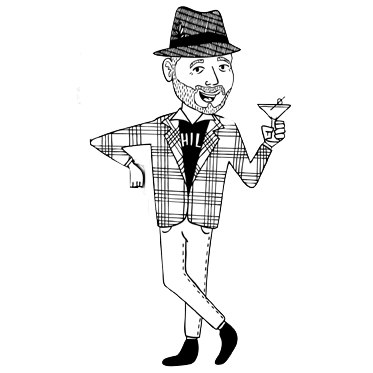I found this while doing research on haiku, as I prepare my masterpiece. Perhaps it will inspire you. Or at least it seems kind of funny. For the full article, click here.
Haiku is more than a form of poetry; it is a way of seeing the world. Each haiku captures a moment of experience; an instant when the ordinary suddenly reveals its inner nature and makes us take a second look at the event, at human nature, at life. It can be as elevated as the ringing of a temple bell, or as simple as sunlight catching a bit of silverware on your table; as isolated as a mountain top, or as crowded as a subway car; revelling in beauty or acknowledging the ugly. What unifies these moments is the way they make us pause and take notice, the way we are still recalling them hours later, the feeling of having had a momentary insight transcending the ordinary, or a glimpse into the very essence of ordinariness itself.
Such an experience, referred to as the “aha moment,” is the central root of a haiku. The act of writing a haiku is an attempt to capture that moment so that others (or we ourselves) can re-experience it and its associated insight. This means picking out of memory the elements of the scene that made it vivid, and expressing them as directly as possible — that is, the goal is to recreate the moment for the reader, not explain it to them (this is sometimes called the “show, don’t tell” rule).

